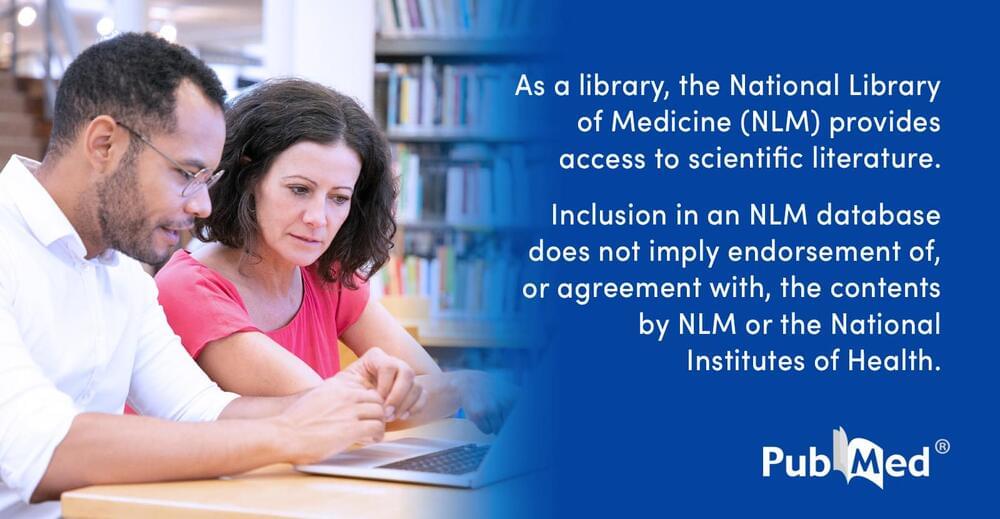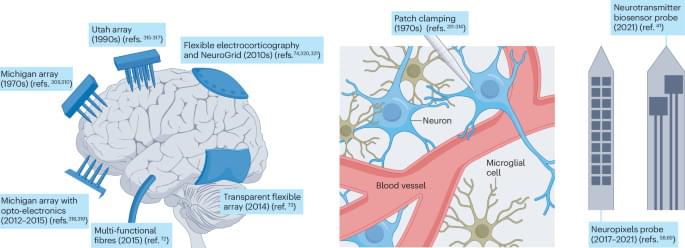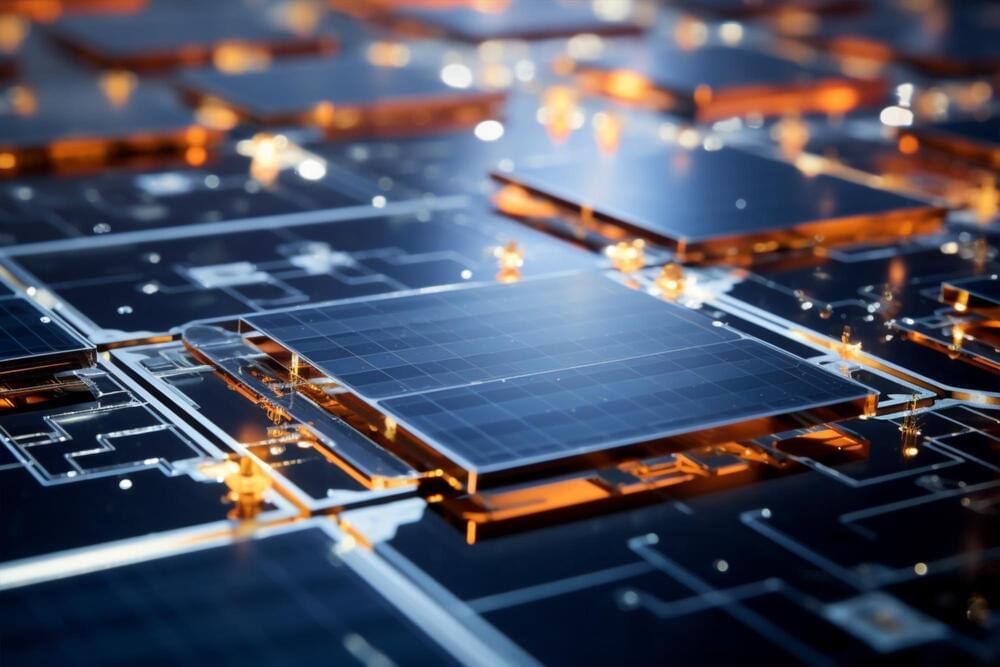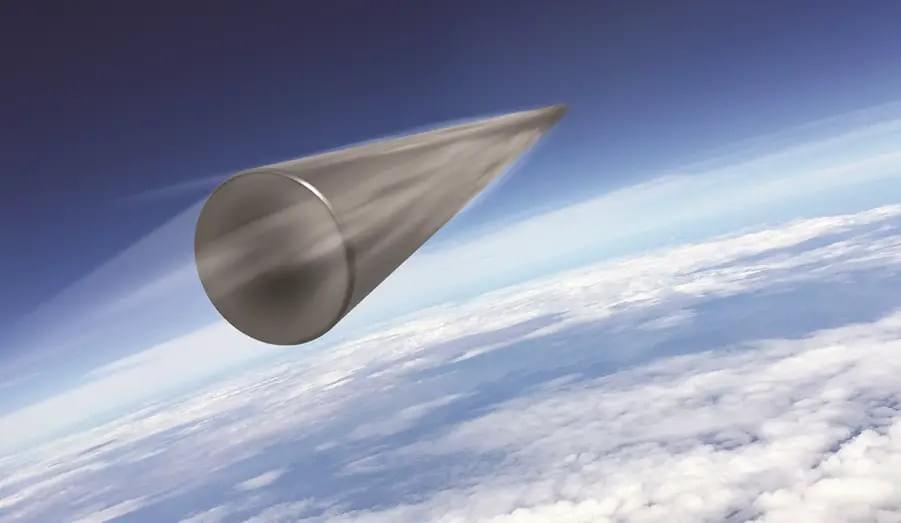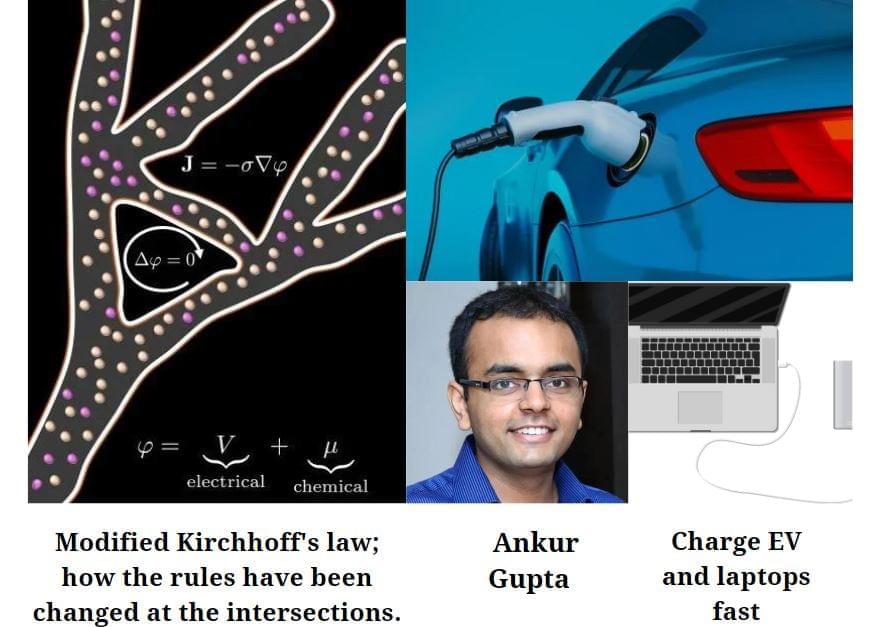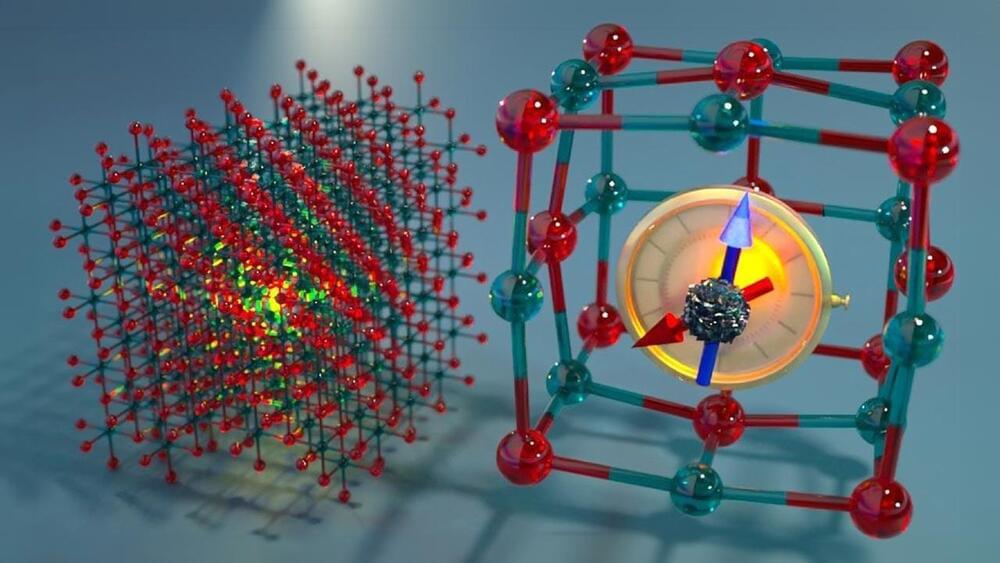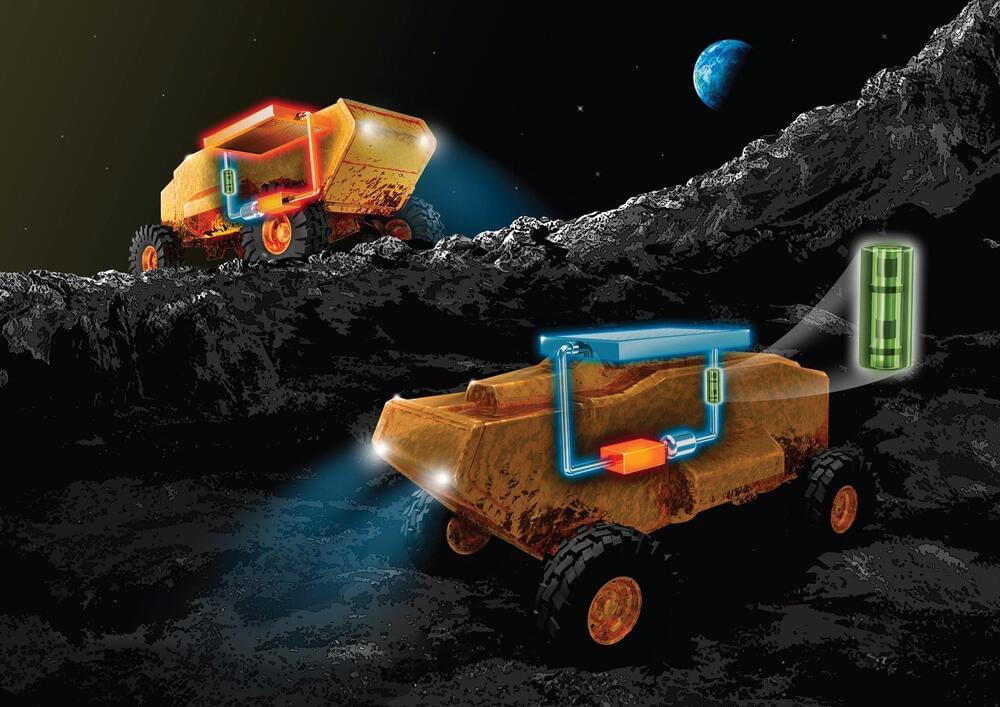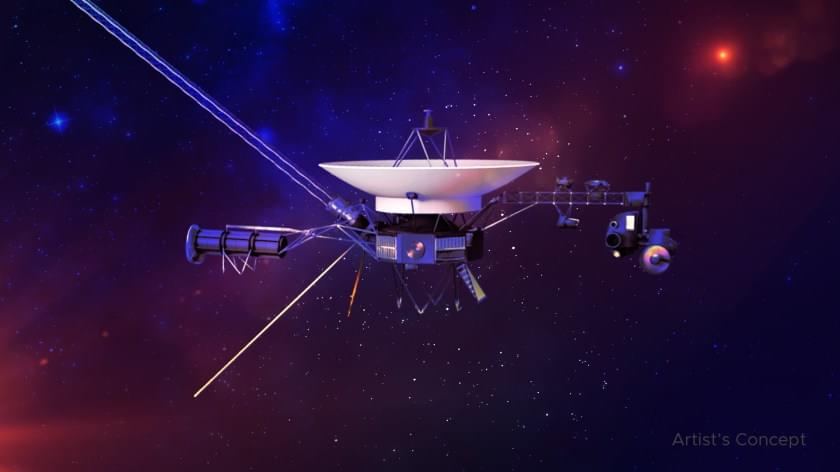Inspired by the principles of the biological nervous system, neuromorphic engineering has brought a promising alternative approach to intelligence computing with high energy efficiency and low consumption. As pivotal components of neuromorphic system, artificial spiking neurons are powerful information processing units and can achieve highly complex nonlinear computations. By leveraging the switching dynamic characteristics of memristive device, memristive neurons show rich spiking behaviors with simple circuit. This report reviews the memristive neurons and their applications in neuromorphic sensing and computing systems. The switching mechanisms that endow memristive devices with rich dynamics and nonlinearity are highlighted, and subsequently various nonlinear spiking neuron behaviors emulated in these memristive devices are reviewed. Then, recent development is introduced on neuromorphic system with memristive neurons for sensing and computing. Finally, we discuss challenges and outlooks of the memristive neurons toward high-performance neuromorphic hardware systems and provide an insightful perspective for the development of interactive neuromorphic electronic systems.
Keywords: Memristive devices; artificial neurons; neuromorphic computing; neuromorphic sensing; spiking dynamics.
© 2023 The Author(s). Published by National Institute for Materials Science in partnership with Taylor & Francis Group.

